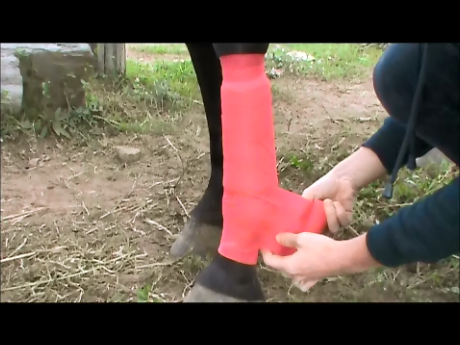by Debbie Summerhayes
We then take them and shut them into small areas, paddocks with wire (either barbed or plain) or even smaller into stables. We also separate them to keep them from hurting each other, or to make sure that the feeds we allocate to each are able to be eaten undisturbed.
In this environment of small levels of activity, with no constant movement and often solitary confinement, we add the mix of high energy feeds, and short bursts of, sometimes intense, activity. And then we lament that our horses are horribly accident prone.
This is not to say that any of this is wrong, or that you shouldn’t keep horses in paddocks or stables, it’s just an observation of how we have changed the natural environment of the horse into something that fits what we want to do with them.
The results of these changes are that we both protect our horses and set them up for situations where they can be injured. With ownership of 12 + horses, there is mostly at least 1 of ours that will have some sort of injury that requires bandaging.
I’ve yet to find a horse owner who has not had to bandage their horses legs, either for injury prevention, or for an injury caused either by another horse, or by the horse to themselves.
With this in mind, we are compiling a video series on how to bandage legs which is the most common area for injury in horses.
This is the first in the series and is for the most basic bandage of all, and most commonly used, for the front leg, tendon strain, or fetlock injury.
Click on the image above, or click here to go to the video.
We are putting together a series of these, and would love to hear back from you if there are specific bandaging areas that you have a challenge with that you would like included, or problem areas that you have solved in innovative ways.


